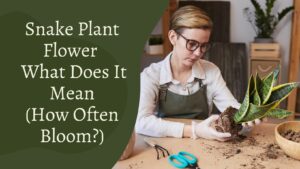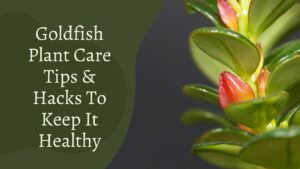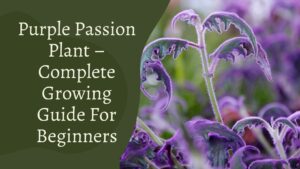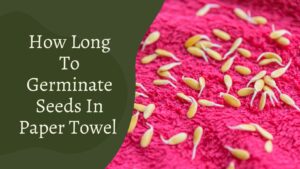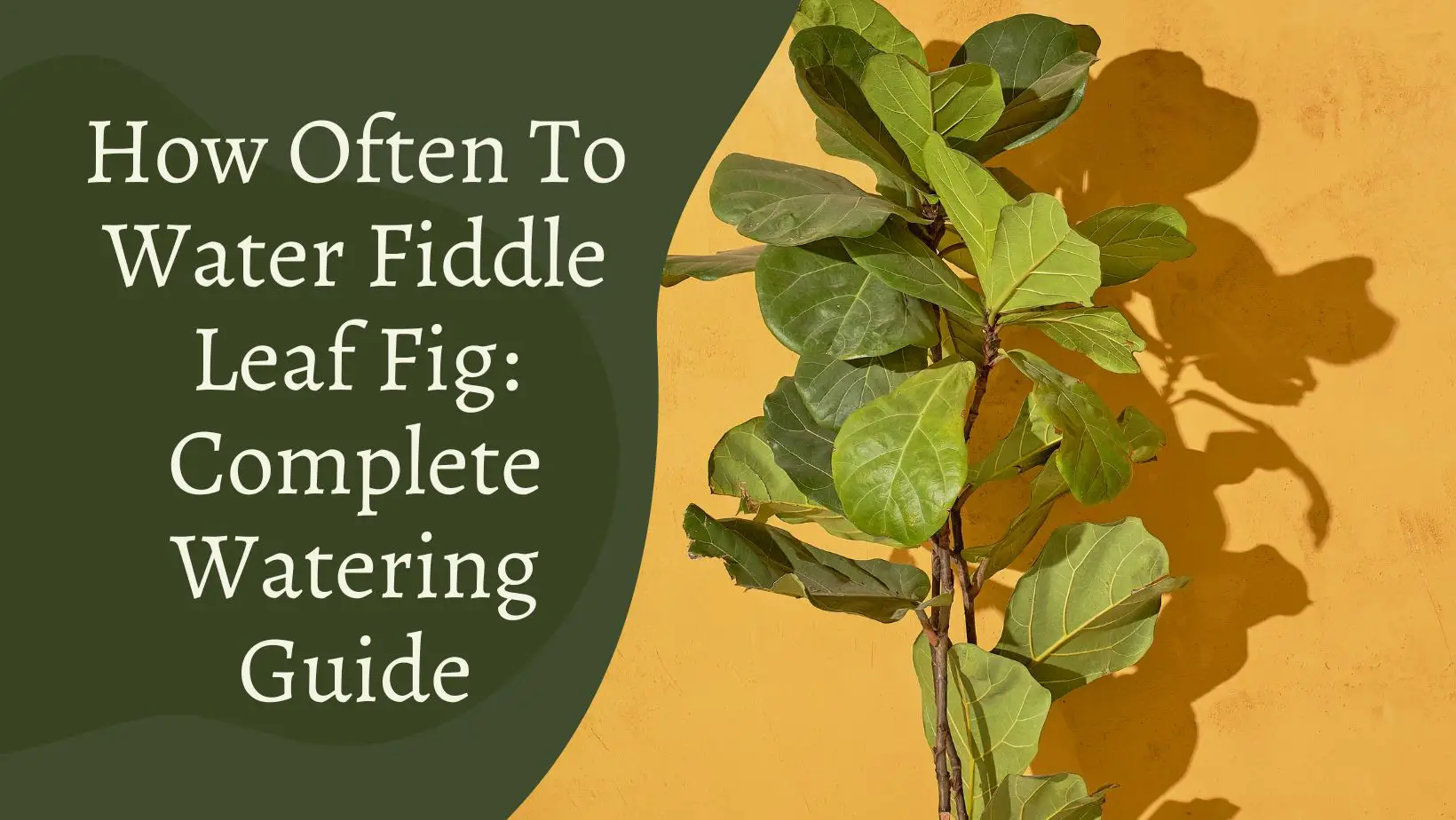
Fiddle Leaf fig is a great plant to put on your table top to make it look pretty. But the most frequently asked problems by fiddle leaf fig plant owners is: how much water to water fiddle leaf fig plant. This article will explain how much water to water fiddle leaf fig plant.
Ficus is a genus with a large number of species, one of which being the common fig. Ficus carica is the scientific name for the common fig tree. The ficus tree, also known as the weeping fig or Benjamin fig, and the Ficus lyrata, often known as the fiddle-leaf fig, are two more Ficus species you may be familiar with.
Most Ficus species have edible fruit. Ficus lyrata has enormous, fiddle-shaped green leaves. They can grow to 15 inches (38 cm) and 10 inches (25 cm) (25.5 cm). In the harshest climates, such USDA plant hardiness zones 10b and 11, they can only survive. Soil helps your plant develop. Choosing the right soil can be tricky.

Fiddle leaf fig soil:
Making sure a fiddle leaf fig—or any plant—is planted in the correct soil is one of the most crucial aspects of keeping it healthy. The right fiddle leaf fig soil formula may make a huge difference in your plant’s overall health and look. To keep its roots healthy, fiddle leaf figs require a well-draining soil mix with adequate aeration.
The soil should be nutrient-dense and have a pH of 5.5-7.0. It should also be able to contain enough moisture for the roots to grow, but not so much that it stays wet all of the time. As a result, while choosing soil, bear the following in mind.
- The plant should be able to get enough nutrients from the soil.
- The soil should allow for good drainage while yet retaining moisture long enough for the plant to absorb it.
- It should have a good amount of aeration.
- It should use the roots to transport water to the entire plant.
Water needs for fiddle leaf figs:
So, if your plant is two feet tall from the soil’s base to the highest leaf, you should water your fiddle leaf once a week. It might be difficult to determine how much water your fiddle leaf fig requires, but you should water it once a week on average.
Fiddle leaf figs can adapt to and grow in less-than-ideal light, but the rest of their care becomes more crucial. Fiddle leaf figs don’t like to sit in damp soil, but they also don’t fare well in drought. The best approach to water your

Fiddle leaf figs
Fiddle leaf figs are to wait until the soil is dry, then water it completely. Feel the top 1 inch of soil to make sure. Some experts advise against planting a fiddle leaf fig tree near south or west-facing windows because direct sunlight can scorch the leaves, but I’ve never had that problem with mine.
Fiddle leaf figs don’t like to sit in damp soil, but they also don’t fare well in drought. The best approach to water your fig tree is to wait until the soil is dry, then water it completely.
Feel the top 1 inch of soil to make sure. Some experts advise against planting a fiddle leaf fig tree near south or west-facing windows because direct sunlight can scorch the leaves, but I’ve never had that problem with mine.

Fiddle leaf fig brown spot :
Brown stains on fiddle leaf fig leaves are annoying and perplexing. It’s upsetting to notice brown stains on your ficus lyrata’s lovely huge green foliage. These are the four things that could be making your fiddle leaf fig plant look brown.
- Bacterial infection causes
- root rot.
- Dryness
- Insect infestation
Fungal infections are the most common cause of brown leaves on a fiddle leaf fig. This is because the roots are sitting in too much water. Root rot is caused by too much water and not enough drainage, and it moves from the roots to the leaves of your plant.
To work correctly, the roots of a fiddle leaf fig must be somewhat dry between waterings. When the leaves become infected with the fungus, they begin to turn brown and finally fall off. The only way to know for sure whether your plant has root rot is to take it out of the pot and look at the roots.
Grow light for fiddle leaf:
Indoor plants get full-spectrum sunlight from grow lamps, similar to what they’d get from the sun if they lived outside. You can use fluorescent lights, but we prefer LED grow lights for your fiddle leaf fig since they are more energy-efficient, making them better for the environment and your wallet.
Most grow lights, on the other hand, aren’t very big because they’re meant to start seeds or grow greens inside during the winter. Because fiddle leaf figs may grow rather large, they may not be able to fit under smaller grow lights.
Beautiful grow lights and a robust fiddle leaf fig make for a wonderful combo. Plants and light are the best ways to make your house more beautiful. Never use a grow bulb with a higher wattage than your fixture requires. This can result in a fire hazard.
If your fixture requires for a 60-watt bulb, for example, only use a 60-watt grow light.Otherwise, your bulb will use more energy than your fixture can handle, which could be dangerous. Beautiful grow lights and a robust fiddle leaf fig make for a wonderful combo. Plants and light are the best ways to make your house more beautiful.
Red dots on fiddle leaf fig:
Red spots on fiddle leaf figs are caused by edoema, also called moisture stress. Overwatering causes this, and it causes red spots on the figs’ leaves. parasitic insects like spider mites and false spider mites can also cause red spots. Less common causes include bacterial/fungal infections, underwatering, and sunburns.

Your Fiddle Leaf Fig Has Edema
The most prevalent cause of red patches on fiddle leaf fig bushes is edema. Edema is a sign that the plant has been overwatered. Moisture stress is another name for edema. When the roots of a fiddle leaf fig plant are overwatered, the roots take more water than the leaves can transpire. As a result, pressure builds up in the leaves, causing their cells to explode.
The crimson dots on the leaves are the remains of these dying cells. In fiddle leaf fig plants, edema is a regular occurrence. When the plant is in its growth phase, it is normal for it to look this way. This is due to the fact that young plants require more water than older ones.
Your Fiddle Leaf Fig Has Spider Mites
Red patches on fiddle leaf figs can also be caused by spider mites. Spider mites are small plant parasites that dwell on the underside of a plant’s leaves, where they create protective silk webs (thus the name) and feed by rupturing the plant cells.
This causes the cells to die, resulting in red or brown blotches on the skin. Spider mites are extremely little, measuring less than a millimetre in length. They also come in a range of hues that help them adapt to their surroundings while also making them tough to see. As a result, a thorough examination is required.
Infection of the Fiddle Leaf Fig with Bacteria
While the bacterial infection isn’t as prevalent a cause of red spots in fiddle leaf fig plants as edoema or insect infestations like spider mites or fake spider mites, it can occasionally result in red or brown patches on fig leaves. A bacterial infection in fiddle leaf fig plants is infrequent, but it does happen. If your watering schedule is in order and you haven’t noticed any parasites attacking your plant, you should examine for a bacterial infection.
Holes in fiddle leaf fig:
An insect infestation is the most common cause of holes in fiddle leaf figs. Two common insects harm these plants. The fiddle-leaf fig tree mealybug and the black vine weevil, both little sap-sucking insects that feed on the stems of fiddle-leaf fig trees, are the culprits. Leaf fungus is also a possibility if the leaves are subjected to excessive wetness and insufficient air circulation.
Trauma:
As the leaves are torn or punctured by something else, they can get holes. Physical trauma is one of the most common and sometimes overlooked causes of these holes in the leaves. Try to remember if your fiddle has been moved recently, if it has been banged, or if your kids or dogs have played with the leaves if you see tearing and holes on an otherwise healthy fig.
Bumps and scrapes tear leaves. Pets may nibble on the leaves or rub against them, and roughhousing or curious toddlers may rip the leaves accidently. If this is the case, do everything you can to safeguard your instrument, but otherwise stick to the schedule.
If children or pets appear to be an issue, consider erecting a barrier. The best you can do is keep caring for the tree in a way that helps it grow.
Humidity deficit
As fresh leaves unfold and spread out, this is extremely troublesome. If your fig doesn’t have enough humidity, its little buds will clump together and rip as it grows. Because these holes will not close as the leaves mature, it’s critical to provide sufficient of humidity to the infant buds. Humidifiers and pebble trays can assist produce humidity for the tree, but misting your leaf buds every day to keep them lubricated as they expand is also a smart idea.
Insects
Insects frequently chew our plants’ leaves, leaving small holes behind. You’ve probably got an insect problem if you’ve spotted holes in adult leaves that develop bigger or more frequent even after the leaf has ceased growing. Examine the leaves (top and bottom! ), stems, and trunk of your tree with a magnifying lens and flashlight for small, raised brown lumps, white insects, wedding or cotton-like things, or clear, sticky residue.
When to report fiddle leaf fig:
![]()
A fiddle leaf fig with a classic bacterial leaf spot, with several spots on each leaf. You don’t want to deal with a bacterial infection since it spreads swiftly and can destroy your plant. Begin by removing all of the afflicted leaves (which might shock the tree) and placing them in a bright location. Repot the tree if you observe additional spots.
Root Rot
An FLF owner’s biggest fear is root rot! The roots of our trees sometimes die. Sometimes they can get better without having to be moved. Your plant may recover with sufficient light, root rot treatment, and a chance to dry out if your container has good drainage and you just overwatered it. You generally don’t need to repot if the spotting doesn’t last long or isn’t severe. It’s time to repot if the spots become worse despite therapy.
Fungus on fiddle leaf fig:
If you detect fungus or mushrooms growing on your soil’s surface, try scraping them off with a spoon first. Then sprinkle cinnamon throughout the soil (which is naturally antifungal), make sure your plant receives adequate light, and prevent overwatering. Repot the tree only if you observe brown areas or if the fungus returns soon.
Droopy leaves fiddle leaf fig:
Drooping fiddle leaf figs generally indicate a deficiency of some kind, such as a lack of water, sunshine, or humidity. The leaves of flute leaf figs may become limp if they get too much water or fertiliser, get chemical burn, or are stressed by a change in the environment.
This is called “chemical burn”. They may also become limp if they get too much sunlight. While this may appear to be a laundry list of possible issues, the Ficus lyrata is a strong communicator when it comes to its demands, and thankfully, figuring out what’s wrong is typically pretty straightforward.
There are often associated indications and symptoms for each of these diseases, making them easier to diagnose.
- Dehydration The first thing to look for when fiddle leaf figs start to droop is dryness. When a plant doesn’t have enough water, nutrients can’t get to its vascular tissue, which stops them from getting there (xylem). Your fiddle leaf’s cells are losing water and it is unable to refill it.
- Lack of sunlight: It’s simple to see why fiddle leaf figs need a lot of sunshine, given the size of their lovely, dark green leaves. Because the stomata imbedded in their leaves are unable to photosynthesize and digest the liquid they get without it, the leaves wilt. If you observe your fiddle leaf fig leaves drooping and becoming yellow, it’s an indication that it’s not getting enough sunshine.
- Overwatering: Surprisingly, the symptoms of overwatering and underwatering your fiddle leaf fig are quite identical when it comes to this particular plant. Your fiddle leaf fig leaves may be drooping and brown in both circumstances, and the plant will have a drab appearance.
- Overfertilization: Overfertilization albeit less prevalent, might cause your fiddle leaf’s leaves to droop. This occurs when a build-up of salt or nitrogen in the soil prevents water from reaching the plant tissue and cells of your Ficus. Leaves lose their firmness without water.
- Chemical burn:
Chemical burn are most common when treated leaves are exposed to sunlight for an extended period of time, causing an unpleasant response. To avoid this, properly clean your Ficus leaves before placing them in direct sunlight, or use organic pesticide alternatives.
How to recover fiddle leaf fig :
A dying fig tree requires patience to recover. Because the fiddle fig tree hibernates over the winter, you might not see any changes until April. We’ve compiled a list of suggestions to help speed up the healing process:
- Clean the leaves.
- Examine the soil
- Allow the earth to exhale.
- The size of the pot is important.
- Drainage is excellent.
Best indoor light for fiddle leaf fig:
Because LED lights are the most energy efficient, emit little to no heat, and offer full spectrum lighting, they are the ideal indoor lights for fiddle leaf figs. Because fiddle leaf figs may grow up to five feet tall when planted inside. The lights should be able to dangle from the ceiling. LED lights are the most widely used indoor plant lights.
They are extremely energy efficient, emitting relatively little heat yet delivering full-spectrum illumination. Full spectrum lighting is light that covers all of the electromagnetic spectrum, including infrared and near ultraviolet light, and it is called that because it covers all of it. Plants require full spectrum illumination to live, which the sun gives. This is why finding the right lighting for your plants is so vital.
Fiddle leaf dying :
Yellowing leaves, dark stains on foliage, droopy leaves, severe leaf loss, and plant leaning on sides are all symptoms that your fiddle leaf fig is dying. Early detection of the signs will assist you in determining the causes and implementing timely solutions.
The Ficus lyrata (or fiddle-leaf fig tree) is more difficult to cultivate than the other fig trees. Fiddle leaf figs, unlike regular figs, cannot withstand poor growth circumstances and require much more care. They require more direct sunshine throughout the growth season. Its trunk is generally grey-ish or brown-ish in colour.
As a result, when grown indoors, a fiddle-leaf fig tree rarely produces edible figs. Despite this, fiddle-leaf figs remain popular due to their grace and ability to provide colour to any room.
Conclusion:
Hope you find your answer about how often to water fiddle leaf fig. The Fiddle Leaf Fig, commonly known as Ficus lyrata, requires just one watering every two weeks and may survive on very little water. If you see that the leaves of your plant are beginning to dry up, it is normal practise to water the plant more often.
Sticking your finger into the soil of your plant is a fantastic technique to determine whether or not it needs watering. If your plant’s first few inches are completely dry, it is time to water it. Overwatering your Fiddle Leaf Fig may cause the roots to rot, which can result in the death of your plant if you do.

Hi This is Maria, We are a team of gardening enthusiasts with a passion for gardening. We have tried to bring you tips and advice enabling you to grow and maintain a healthy and beautiful garden. We Hope You Find it Useful.



